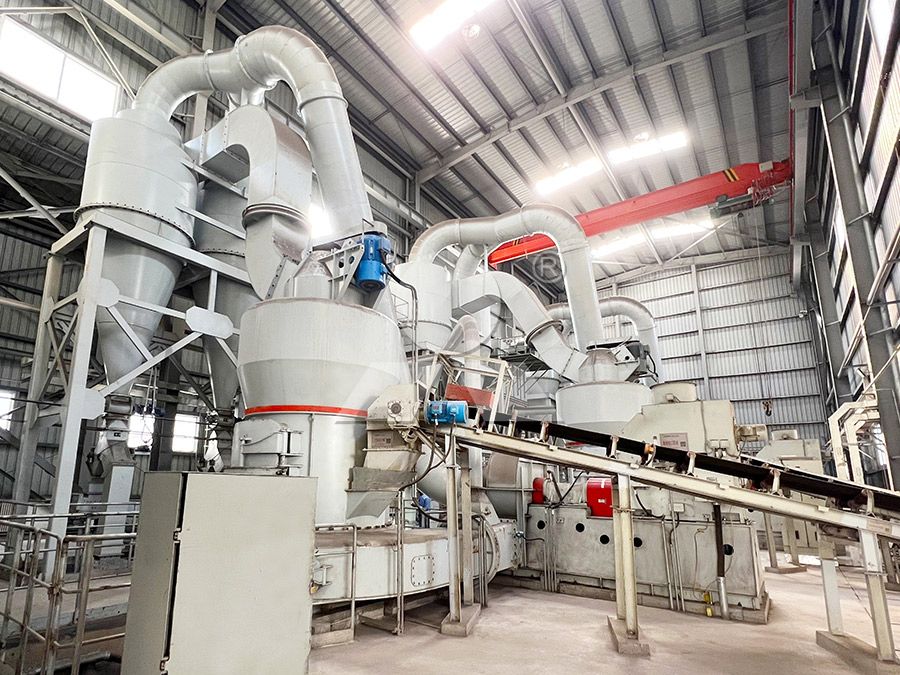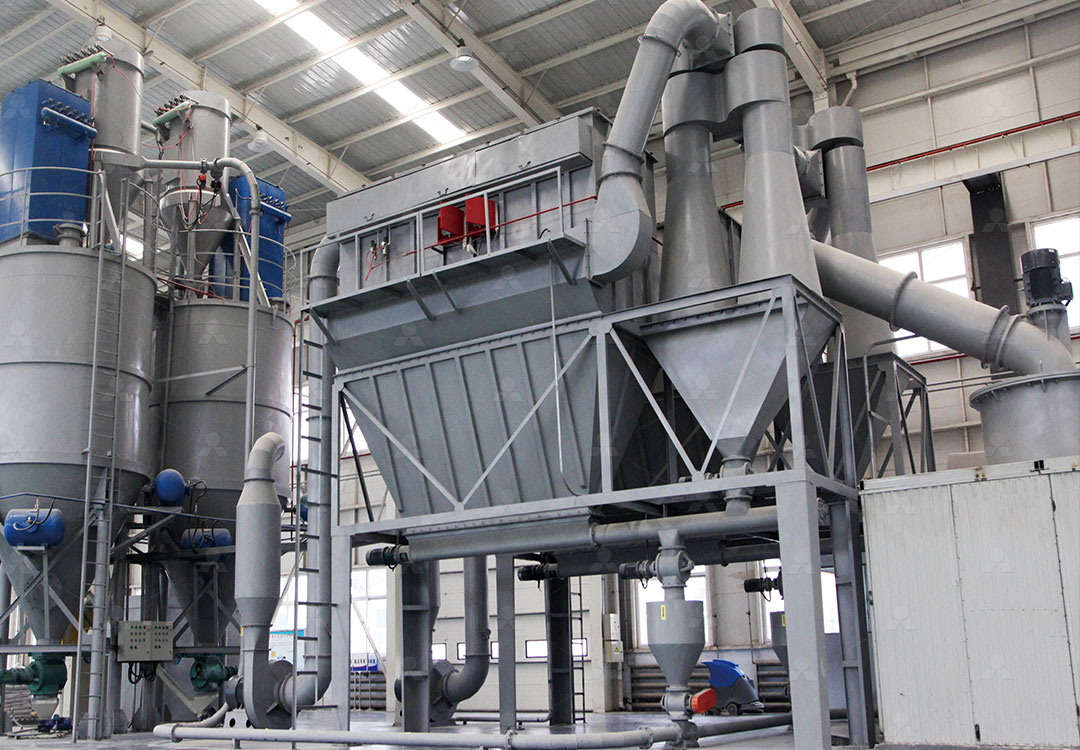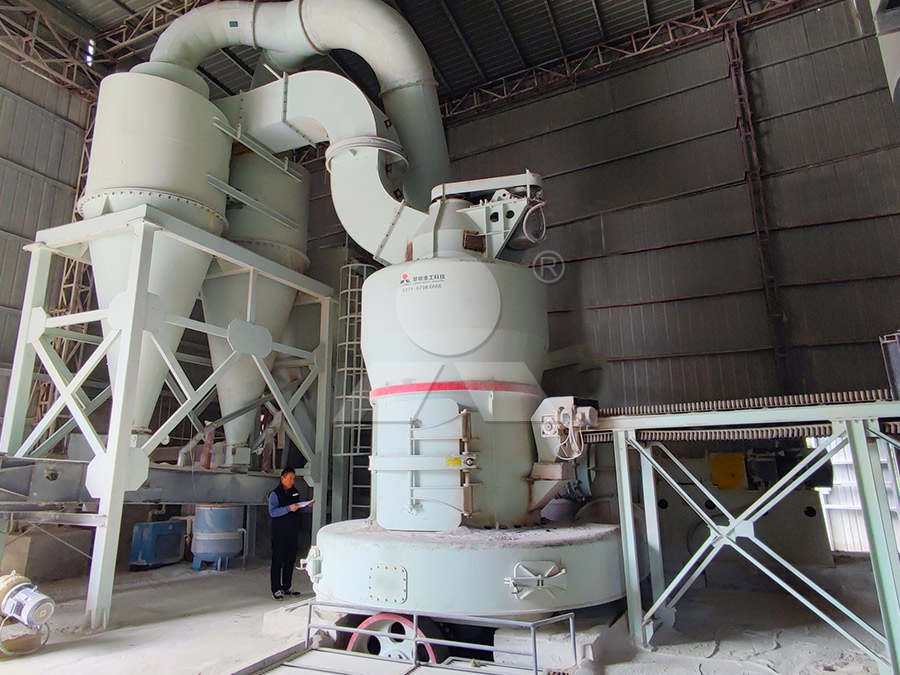Process Flow of Potassium Feldspar Powder Production Line
We provide a wide range of mills — including Raymond mill, trapezoidal mill, vertical mill, ultrafine mill, and ball mill, obtained ISO9001 international quality certification, EU CE certification, and Customs Union CU-TR certification. Suitable for processing minerals such as limestone, phosphate, quicklime, kaolin, talc, barite, bentonite, calcium carbonate, dolomite, coal, gypsum, clay, carbon black, slag, cement raw materials, cement clinker, and more.
The discharge range of these mills can be adjusted to meet specific processing needs, typically from 80-400 mesh, 600-3250 mesh, and can achieve the finest particle size of up to 6000 mesh(D50).
If you are looking for a reliable grinding solution to turn stone or minerals into fine powder, please feel free to contact our online customer service.
Process Flow of Potassium Feldspar Powder Production Line
Producing high-quality potassium feldspar powder requires a precise and efficient process flow. This mineral, crucial for ceramics, glass, and other industrial applications, demands careful handling from raw ore to fine powder. Here’s a breakdown of a typical, modern production line.
1. Primary Crushing and Storage
The process begins with large lumps of raw potassium feldspar ore, typically mined from open pits. This ore is first fed into a jaw crusher for primary crushing, reducing it to a manageable size of less than 50mm. The crushed material is then conveyed to a storage hopper, ensuring a consistent and steady feed for the subsequent grinding stages. Proper storage is key to avoiding production bottlenecks.

2. Grinding: The Heart of the Process
This is the most critical stage where the crushed ore is transformed into fine powder. The choice of grinding mill directly impacts efficiency, energy consumption, and final product quality. For ultra-fine powder production (325-2500 meshes), traditional ball mills are often inefficient and energy-intensive.
This is where advanced technology shines. We highly recommend our MW Ultrafine Grinding Mill for this application. Its innovative design is perfectly suited for brittle materials like feldspar. With an input size of 0-20 mm and a capacity ranging from 0.5 to 25 tph, it offers remarkable flexibility. A key advantage is its higher yielding and lower energy consumption – it can achieve 40% higher capacity than jet mills while using only 30% of the energy. Furthermore, its cage-type powder selector allows for precise fineness adjustment between 325-2500 meshes, which is ideal for meeting various customer specifications for feldspar powder.

3. Classification and Separation
After grinding, the powder-air mixture is transported to a high-efficiency classifier or powder separator. This device uses centrifugal force and airflow to separate particles by size. Oversized or coarse particles are rejected and returned to the grinding chamber for further milling, ensuring that only powder meeting the target fineness progresses. This closed-loop system guarantees a consistent and uniform product size distribution, a critical factor for feldspar’s performance in final applications.
4. Product Collection and Packaging
The finely classified potassium feldspar powder is then separated from the air stream using a high-efficiency cyclone collector and baghouse dust collector. Our grinding mills are equipped with efficient pulse dust collectors, ensuring no dust pollution and a clean working environment. The collected premium powder is finally conveyed to silos for storage or directly to automated packaging machines for bagging (e.g., 25kg or 50kg bags) or for bulk shipment.

Conclusion: Efficiency Through Technology
A well-designed potassium feldspar powder production line is a symphony of crushing, grinding, and classification. Investing in the right equipment, like our MW Ultrafine Grinding Mill, is paramount for achieving high yields, low operating costs, and a superior product. For operations requiring a vertical mill configuration with integrated drying for slightly moist materials, our LUM Ultrafine Vertical Grinding Mill is another excellent choice, offering advanced powder separating technology and easy maintenance. By optimizing each stage, producers can ensure they meet the stringent quality demands of the global market efficiently and profitably.
